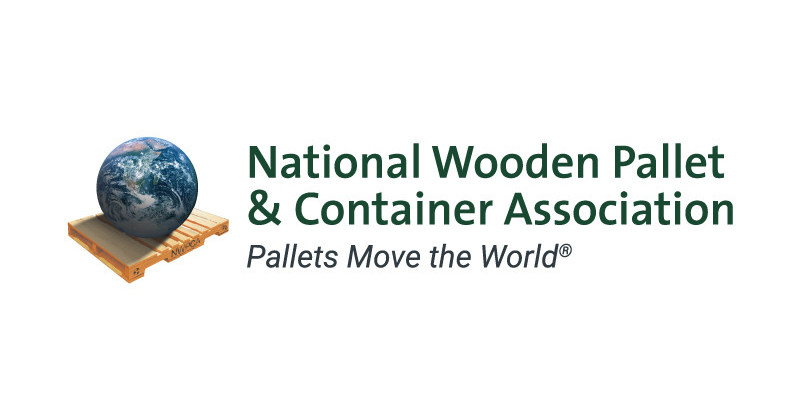Coil Racks & Steel Coil Saddles
- Home /
- Specialty Products /
- Coil Racks & Steel Coil Saddles
Request A Quote
Stabilize Heavy Coils with Confidence
When your freight includes rolled steel, aluminum, or wire, securement isn’t optional, it’s critical. Troymill builds heavy-duty hardwood coil racks and saddles that cradle your load, reduce shift in transit, and hold up under serious weight. Designed to protect your material and speed up loading, our custom-built solutions are trusted by Midwest manufacturers, processors, and logistics crews alike.
Hardwood Coil Saddles: Built to Your Specs
Our coil saddles are precision-cut from oak, maple, or mixed hardwoods to match your coil diameter, weight, width, and shipping method. Whether you need a full flatbed load or just a few dozen units, we can handle the job in-house, cut, kiln-dried, and staged for fast pickup or delivery.
- Common builds: double-beveled hardwood saddles, flat-top wedges, notched blocks
- Load-tested capacity: 1,000–10,000 lbs per saddle
- Angle cuts: customized for coil diameter and support points
- Extras: chamfered edges, forklift grooves, paint striping, or stenciling
Typical uses: steel service centers, pipe and cable shipping, coil warehousing, line staging
Coil Racks for Stacked or Secured Transport
Need something more structured than a saddle? Our coil racks offer fixed-brace containment for multi-coil stacking or rail-ready shipments. Built from solid timber and engineered for safety, these units help keep your materials from rolling, shifting, or scraping during transport.
- Designs available: parallel cradle bases, boxed wood frames, multi-saddle units
- Materials: kiln-dried hardwoods with optional pine for non-critical loads
- Customization: made-to-measure per coil size, rack position, or trailer type
- Load options: single or multiple coil cradles per rack
Popular applications: export crating, long-haul trucking, rail transit, onsite storage
Why Choose Troymill?
- On-Site Kilns & Inventory – We mill and fabricate everything in-house to reduce lead times and costs.
- Custom-Fit Solutions – We offer custom racks and saddles made for your specs if needed, or we can pull from a template or past build if you’d prefer something more standard.
- Fast, Flexible Shipping – We load full truckloads or short runs on our sky-blue trailers and deliver them right where you need them. We ship coil racks and steel coil saddles nationwide!
- Proven Reliability – Trusted by steel mills, manufacturers, and freight carriers across Ohio and the Midwest.
Export Ready? We’ve Got You Covered.
All coil saddles and racks can be stamped for ISPM 15 export compliance, ensuring smooth customs clearance. We’ll include digital HT certificates with your BOL and ship product that’s bark-free, mold-free, and sterilized properly—never pressure-treated.
Frequently Asked Questions
Yes. Mixed loads are no problem, we’ll build to your schedule and delivery sequence.
Absolutely. We can mark units for easy line-side ID or warehouse sorting.
Saddles are standalone supports placed directly under a single coil. Racks are heavier-duty frameworks designed to hold one or more coils in place during transit or storage.
Yes, we often work directly with plant engineers or logistics teams to spec-out dimensions, load points, and configuration for safer handling and faster line flow.
Yes. Our hardwood saddles are designed to withstand multiple uses in industrial environments, depending on handling and storage conditions.
Ready to Lock Down Your Load?
Tell us your coil dimensions, volume, and transit method, we’ll quote fast and deliver faster.
Pride in Everything
Troymill pride means integrity, hard work and exceptional service each and every day, for each and every customer.
Above all else is our concern for quality and care taken in everything we do. Every member of the Troymill team, from management and foremen to our Amish craftsmen, takes their performance to heart and seeks new ways to better serve our customers.
Only by taking immense pride in every aspect of our work can we build and maintain strong, long-lasting relationships with our customers, suppliers, and employees.







